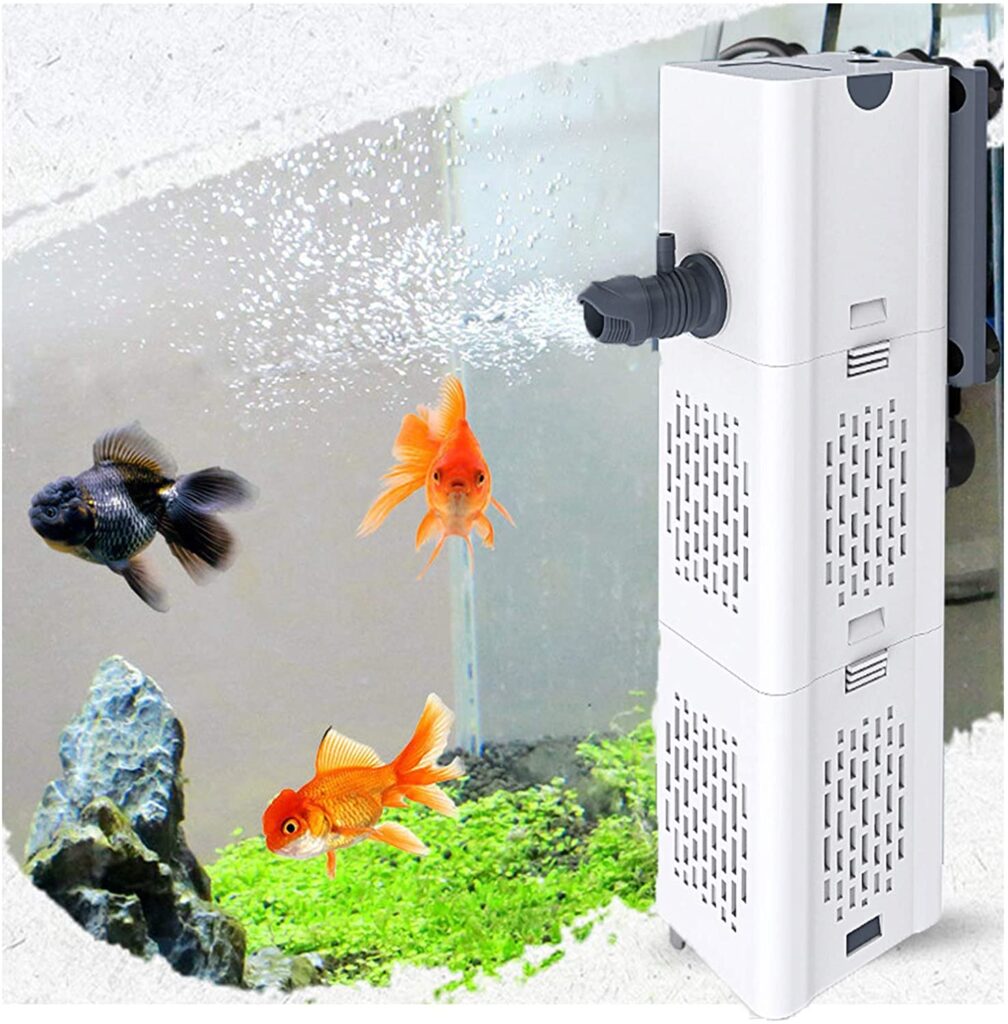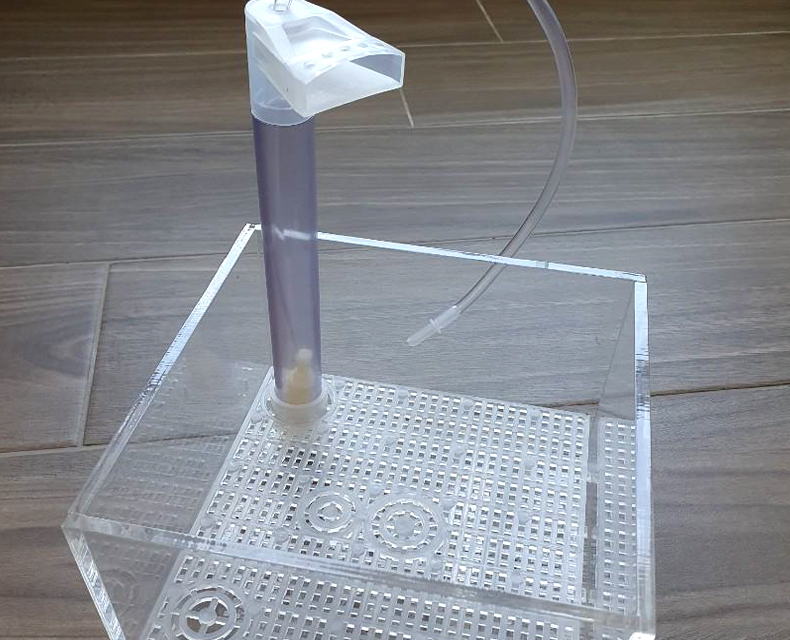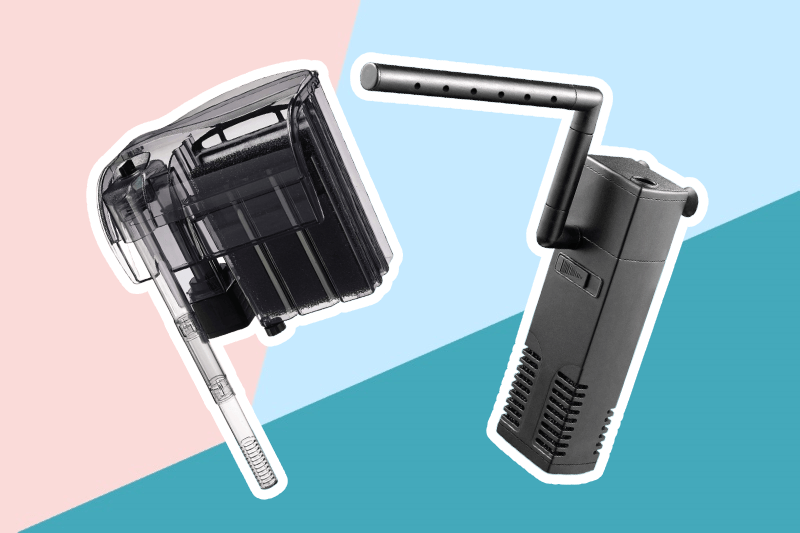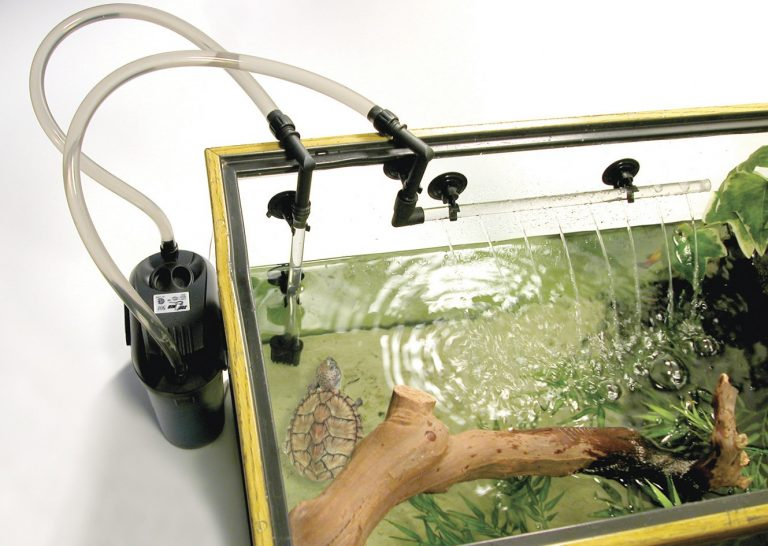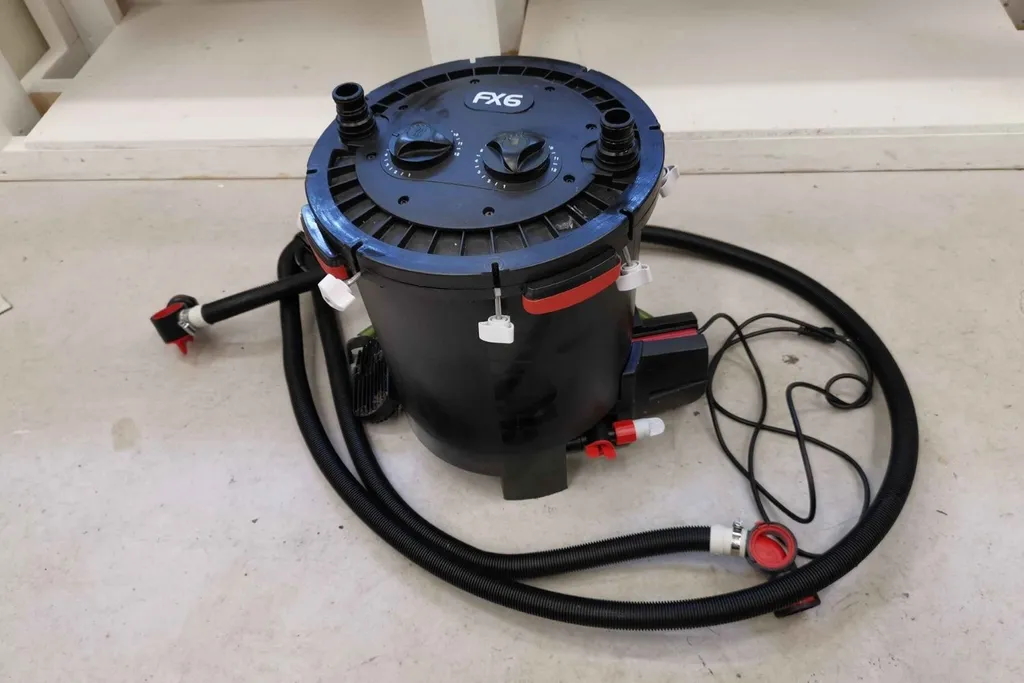

A fish tank helps you create and maintain a delicate ecosystem that includes the fish, bacteria, and other microorganisms. While fish tank filters can help with this task, they’re easily compromised, and it often means the destruction of the ecosystem and subsequent death of the fish. As such, your maintenance routine should help you avoid that outcome, and cleaning and changing your fish tank filter is a major part of that routine.
A common question for new fish tank owners concerning the maintenance is, “how often should I change my fish tank filter?” Often this depends on the kind of filter you’re using, as they come in different variations. Nevertheless, we strive to answer this question conclusively in the sections below.
The frequency for changing or cleaning your aquarium depends on variables such as the type of filter, size of the fish tank, number of fish present, and more. Consequently, if you’re asking yourself, “how often should I change the filter in my 10-gallon fish tank?” the answer is probably going to be different compared to a 20-gallon fish tank or larger.
Also, while most people are worried about waiting too long before they clean their filters, it’s important to note that cleaning the filter too frequently can be just as detrimental to the ecosystem in the fish tank.
A typical fish tank filter device consists of three major components: a mechanical, biological, and chemical filter. They serve different functions, and how often you change each one will vary. Luckily, most aquarium filter devices, whether under-gravel, hang-on, or canister filters, are easy to open, allowing you to change the individual filtration media when necessary. The section below explains how the three different filters work and when it’s okay to change them.
A mechanical filter can be likened to a sieve where the water is pushed through, leaving behind solid particles. The water should remain clear if the mechanical filter is in top working condition. However, if it’s not working well, the solid particles in the tank will build up until the water starts to look cloudy. That said, these filters typically don’t need much attention or maintenance.
One thing that can reduce their efficiency is the filter media clogging up as then it means water can’t pass through. Consequently, the media should be taken out at least once a month and rinsed. This will unclog it and allow it to function optimally. You can also time this cleaning schedule to coincide with your water change routine, as it’s also recommended that you do it monthly.
Also notable is how the mechanical filter provides a home for the biological filter, consisting of multiple bacteria. As such, if you rinse it the wrong way or change it without considering this crucial factor, you could end up causing more harm than good to your fish tank.
Mechanical filters also wear out over time, reducing their effectiveness at filtering out solid particles. As such, you have to change them if they start falling apart, although this is likely to take a while.
Alternatively, users also recommend the Aqua-Flo Aquarium Filter Media, which is one inch thick and six feet long. As such, it’s big enough to last you more than a couple of months, and you can cut a small piece every time a replacement is necessary.
Notably, some of the contaminants in the fish tank may dissolve in the water, so the mechanical filters can’t get rid of them. This is why chemical filters are necessary. Often they will incorporate activated charcoal, which gets rid of the impurities through adsorption.
Britannica
Trusted Source
adsorption | surface phenomenon | Britannica
adsorption, capability of all solid substances to attract to their surfaces molecules of gases or solutions with which they are in contact. Solids that are used to adsorb gases or dissolved substances are called adsorbents; the adsorbed molecules are usually referred to collectively as the
www.britannica.com
describes adsorption as the process by which solids attract molecules of solutions or gases to their surfaces.
The activated carbon features multiple tiny pores, which increase the surface area for interaction with the water in the tank. However, over time, these pores will fill up with the adsorbed molecules, reducing the chemical filter’s efficacy.
Ultimately, this leads us back to the question, “how often should I change the carbon filter in my fish tank?” It’s impossible to tell whether the tiny pores in the activated carbon are full with your naked eyes, which makes it challenging to answer
However, most manufacturers will also tell you how long the chemical filter is expected to be effective. You should thus change the filter according to their guidelines, although you’ll rarely come across filters that last more than a month. Some will even need to be changed or replaced every two weeks.
Biological filters typically consist of beneficial bacteria in the water tank. However, unlike the fish, they don’t swim or float in the water. Instead, they need surfaces to hang on to, where filter media such as the mechanical filtration sponges come in. You may also find them on other surfaces, such as the gravel and sand at the bottom of the fish tank.
These biological filters eliminate ammonia and nitrites secreted by the fish by breaking them down into harmless materials. Despite being excreted by the fish, both ammonia and nitrites are poisonous to the aquatic animals if they’re allowed to build up in the tank. According to Microbe Wiki Trusted Source Aquarium Niche - microbewiki An aquarium (plural form is aquaria or aquariums) is an artificial ecosystem that is inhabitable by various aquatic species. The environment of the aquarium can differ depending on the residing species. microbewiki.kenyon.edu , one of these bacteria is the Nitrosomonas Europaea, which oxidizes ammonia, keeping the water safe for the fish.
Of course, if the bacteria population is not enough to eliminate the poisonous materials, it could spell trouble for your fish tank. Consequently, keeping the old mechanical filtration media in the fish tank as you transition to the new one is recommended. This allows the bacteria to move into and reproduce on the new media before completely disposing of the old one. As such, you only need to change the biological filter as often as you change the mechanical one.
If you’re going to install new filters in your aquarium, there’s a right and a wrong way to do it. The latter might just kill the fish population, so it’s best to get it right the first time. As such, here’s a step-by-step guide to follow and ensure the best results.
First, you need to set aside fresh water for the water change. The easiest way to do that is to fill a container with 10% to 30% of the aquarium’s water capacity and then add treatment. Notably, the treatment takes a while to eliminate any impurities like chlorine and chemicals that may be harmful to the fish.
Also, if you’re familiar with aquarium maintenance, you should already know that it isn’t advisable to change more than 30% of the water. After all, we did mention above that there’s a delicate ecosystem that needs to be maintained for the sake of the fish.
Next, you’ll need to drain a similar amount of water from the fish tank. A gravel vacuum/siphon is one of the most effective ways to drain a fish tank, and it allows you to control just how much water you remove from the aquarium. Also, it’s effective for removing some of the solid waste lodged in the substrate, which leaves the fish tank cleaner.
Typically this will involve unplugging the entire device and removing the media. If your filter device is set up the right way, it should have all three filtration media, i.e., mechanical, biological, and chemical. As mentioned above, the bacteria that form the biological filter will typically live on the mechanical filter, although you can also find them in the substrate and other aquarium decorations.
As for the chemical filter, it should be placed where there’s a constant flow of water to improve effectiveness. Consequently, most people elect to place it in the filter devices. This makes it possible to remove all three filters at once.
The mechanical filter should be thrown straight into the drained aquarium water after removing it from the filter cartridge, as this will help keep the bacteria alive. If it needs replacing, this is the time to do it.
Place the new filtration media in the cartridge and put it back in the filter device. However, if it’s still usable, you can rinse it in the drained fish tank water before returning it to the cartridge and putting it back in the filter device.
Since the new media doesn’t have any bacteria, you should also incorporate the old media in your setup. Sometimes this involves cutting the old media into pieces and positioning them as close to the new media as possible.
Once you’re sure the bacteria population is enough on the new media, you can throw out the old. You can also replace the chemical filter if necessary. In some cases rinsing the activated carbon before you introduce it to your filter is a good idea as it prevents it from clouding the water in the fish tank.
Replace the filter device in the water and plug it in. After that, add the treated water to fill up the fish tank. This concludes your to-do list for installing the new filter.
Maintaining your mechanical aquarium filter is just a matter of unclogging it regularly and maintaining the bacteria population. As such, the best option is to rinse it gently in the water you drained from the tank during your regular water change. Treated water might also work, but ordinary tap water will likely decimate the bacteria population and significantly reduce their efficiency at breaking down the ammonia and nitrates.
Also, you don’t want to leave the media out of the water for long as the bacteria need water to survive. Chemical filters can only be used for a specified amount of time, and it’s best to replace them when it’s up as you can’t unclog them like mechanical filters.
Additionally, it’s advisable to check the quality of the water regularly. This can include checking the tank’s nitrates, nitrites, and ammonia levels using tests you can purchase on Amazon. As such, whenever there’s a problem with the filter, you’ll figure it out before it’s too late and either change or clean it.
So, “how often should I change my fish tank filter?” This can change depending on various factors, as shown above. Nevertheless, the simple answer is that mechanical filters should be changed when they start falling apart.
Chemical filters need to be changed according to instructions by the manufacturer and the conditions of your aquarium. That said, often this period ranges between two weeks and a month. Biological filters are often changed alongside the mechanical filter. That said, you should always reintroduce the old filter to the fish tank to keep the bacteria population healthy rather than discarding it immediately after the change.
